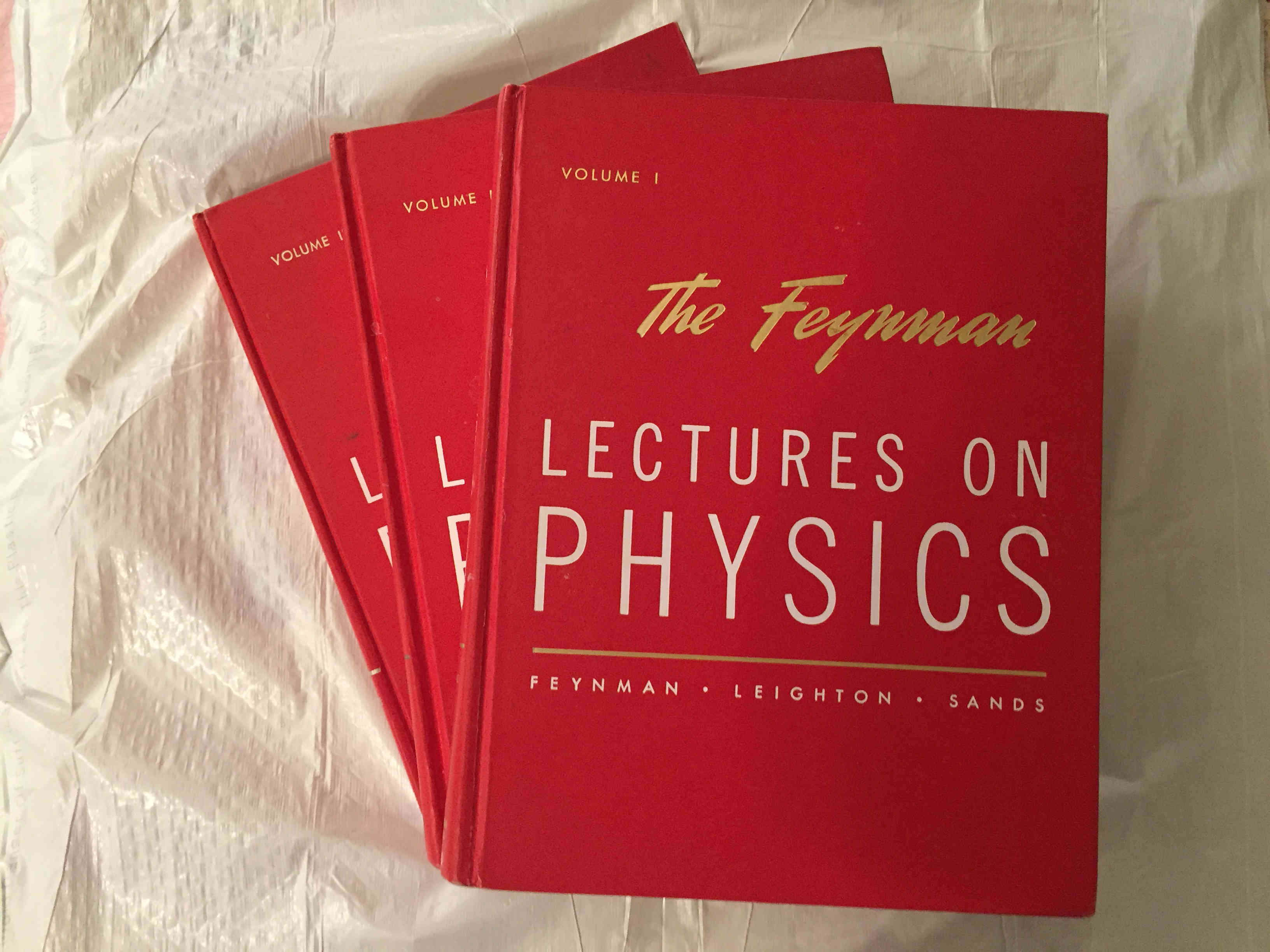Google Docs is a great way to collaborate on documents and for a lot of people can probably replace large, expensive office suites with a free, online solution. When I first started using the service, the features were pretty basic. I noticed today that there was a link to a list of new features. A couple of these were particularly interesting. Since some of these features have been around for a while without me noticing, I thought it might be worth a blog post.
LaTeX
The word processing program has a visual equation editor that works much like Microsoft Equation Editor. This is not a bad option for someone who only occasionally needs to include equations in their writing. However, professionals who write extensively on mathematical topics will be better served by investing the effort in learning to use LaTeX for typing equations.
The new equation editor in Google Docs will recognize LaTeX symbols and will automatically convert them to the appropriate symbol. So, for instance, you can type \alpha and get [tex]\alpha[/tex].
This has the potential to be quite beneficial for groups that need to collaborate on mathematical documents since it leverages the LaTeX shortcuts for users who are already familiar as well as providing a graphical tool for users who prefer that option.
If you’re interested in using these shortcuts, a listing of common LaTeX symbols for mathematics is available here.
Connected Drawings
The other big feature is that elements in a drawing can be connected in such a way that the connection will stretch when the elements are moved. Google provides a detailed explanation here along with this sample image.

This type of drawing is useful in mathematics (particularly graph theory), computer science and engineering. I have used the open source GraphViz in the past for drawing connected graphs. While this new feature won’t replace a program like GraphViz, it is a feature that will certainly be useful for scientific writers.
Conclusion
Although I wasn’t a big fan of web apps at first, Google Docs won me over by providing a minimal set of tools and amazingly simple collaboration. I’m very glad to see that they are adding features that will appeal to technical writers.
About
Tony McDaniel is a graduate student in computational engineering at the University of Tennessee at Chattanooga. His research interests include computational mathematics, algorithm design and analysis, and data visualization for numerical solutions of partial differential equations. Other interests include photography, model rocketry and electronics.
Sponsor’s message: Check out Math Better Explained, an insightful ebook and screencast series that will help you see math in a new light and experience more of those awesome “aha!” moments when ideas suddenly click.



If you want to use LaTeX with GDocs, take a look at https://docs.latexlab.org/. It’s a full LaTeX editor written on top of GDocs, complete with server-side compilation and support for \include{}.
That’s a really neat idea, particularly for iPad users. However, when I tried it out, the compile time was terrible.
I had the same problem too. I wish they improved their performance. I’d be happy to pay for the service.
While I give google docs a thumbs up on usability, it completely fails when generating output — especially when it comes to mathematical documents.
Equations are rendered in low resolution when generating pdfs and are not scaled correctly to match the paragraph they are part of.
This would be OK if at least one could export the document as a LaTeX doc or HTML+MathML and render it offline. Alas, this is not possible.
Wasted an hour rewriting a paper after discovering this.
oh boo-hoo waaa 🙁
They had removed this feature at some point. I’m happy they brought it back.
Yeah, I also investigated this coloboration tool about a year ago in its beta version. Google seemed to be spending more time trying to make things visually like facebook than providing useful software. It was free though and didn’t require the knowledge of latex.
Thanks for your note
I am looking for a computer system that will execute LaTex scripted equations, is there such an application?
Take a look at this new add-on,
Rich Text + LaTeX fusion, Cross-Referencing, Auto LaTeX code generation and real-time LaTeX PDF view for Google Docs.
Video Link: https://www.youtube.com/watch?v=nBVqgzbImug
Features:
1) Write LaTeX code snippets inside Google Docs with syntax
highlighting.
2) Add captions to figures and tables.
3) Cross-refer figures and tables.
4) Auto update captions and references too, when a new figure or a table is
inserted.
5) View LaTeX compiled PDF in real-time.
6) Automatic LaTeX source code generation and free downloading.
You can now mix LaTeX with Google Docs. With the help of this, you can create templates with the power of LaTeX and at the same time, it will be easy edit them in Google Docs itself. Check out this :
https://www.youtube.com/watch?v=nBVqgzbImug
Here are few features of this Add-on:
Write LaTeX code snippets inside Google Docs with syntax highlighting.
Add captions to figures and tables.
Cross-refer figures and tables.
Auto update captions and references too, when a new figure or a table is inserted.
View LaTeX compiled PDF in real-time.
Automatic LaTeX source code generation and free downloading.